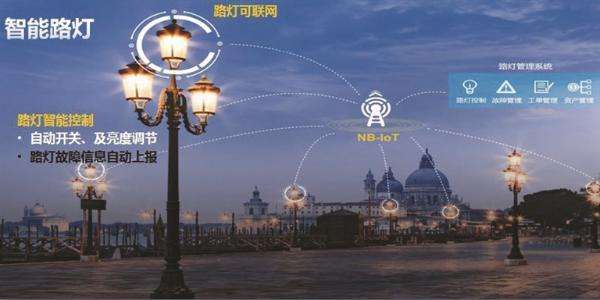Self-learning switching DC-DC converters
By Gabriel A. Rincón-Mora, Senior Member, IEEE, and H. Pooya Forghani-zadeh, Student Member, IEEE; Georgia Tech Analog and Power IC Design Lab
High-performance, state-of-the-art applications demand smart power supplies to be adaptive, power efficient, and reliably accurate, which is why monitoring inductor current flow in a lossless fashion is desirable and critical for protection, power-moding, and feedback control [1-2]. A handful of lossless current-sensing techniques are available today but their accuracies still do not compete with the traditional series sense-resistor schemes, and that is, for the most part, because the current is sensed by estimating the impedance of some series element and extrapolating the value of the current from the voltage across it, as Ohm’s law dictates [3].
Estimating the power MOSFET’s turn-on resistance Ron, for instance, is inherently inaccurate because of its wide process, supply voltage, and temperature dependence, varying from approximately 50% to 200%. Additionally, the measured current only flows within a portion of the period, which requires a switched sample-and-hold circuit, another noise-generating device. Using an embedded current-sensing MOSFET, a power transistor’s sister mirroring device sourcing a small fraction of the current (i.e., mirror ratio of typically over 1,000), is better with regard to accuracy but still inaccurate and also discontinuous, and only practical for on-chip power devices. Although accuracies of ±4% are reported [4], mismatch and process sigma variations across such a large spread of mirroring devices can reach ±20% [5].
The only continuous and therefore less noisy and more useful scheme for current-mode switching supplies is the matched-filter method [6]. In this scheme, the series impedance of the inductor and its equivalent series resistor (ESR) (that is, Ls + ESR) is matched against the series impedance of an RC network (for example, R + 1/Cs). Since both impedances are equal and they are subjected to the same voltage, their currents are also equal, which is why the displacement current through the RC filter is a direct measure of the inductor current. The accuracy of this technique, however, depends on how well matched the RC network is to the inductor-ESR combination, and that can lead up to ±28% error, given ±15% inductance, ±11% ESR, and temperature (for example, 70 °C) variations, and more if extended to commercial and military temperature ranges. The RC filter is therefore external to the controller IC and typically custom-designed.
